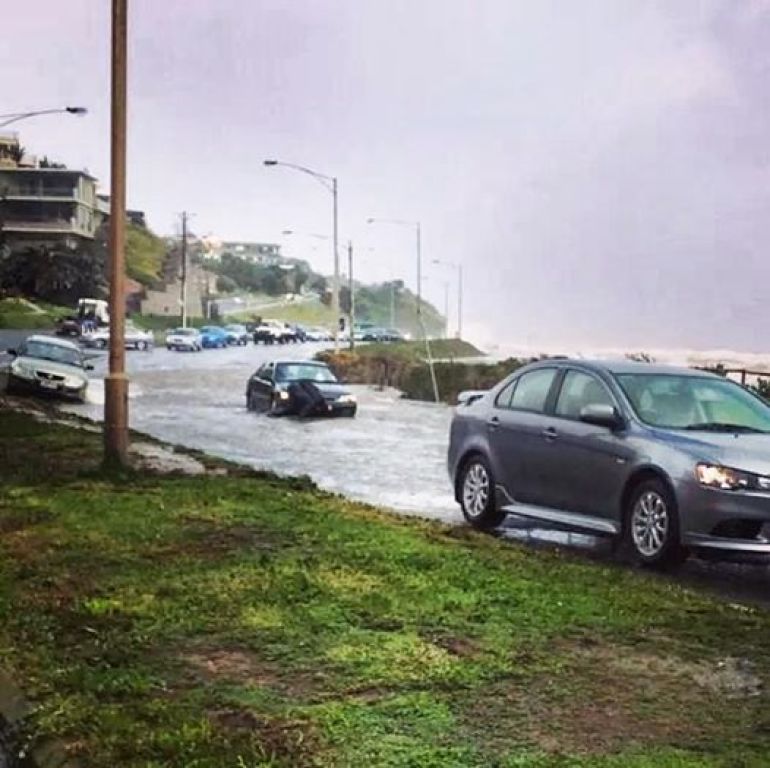Flood clean up
Cleaning up after a flood is a long and hard process. Here we seek to provide you with a basic guide to flood clean up. We empathise with the big job ahead, it can be an emotional journey as you bring your home back to order after a flood. Keep your spirits up, and think of how good the final outcome will be.

Insurance
If your home is insured, contact your insurance company. If your home is covered, the insurance company will help you make a claim. Its important to thoroughly document the damage that has been caused. Take lots of photos, videos, and create a list of the damage that you come across.
Safety First
After your home has been flooded, and before the flood clean up process begins, you need to ensure that the home is safe.
Things to check to ensure your safety include:
- Structure of the home. Significant flooding can effect the core foundations and structure of your home. Don’t place yourself at risk if there is a likelihood that all or part of the home may fall over.
- The electricals of the home. Unfortunately, electrocutions after a flood is a real risk. You should shut off the homes electrical system and have it repaired and inspected by an electrician before it is turned back on. Electrical wiring must be completely dried out, even behind walls. Powerpoints and light switches, light outlets, and switchboards that have been under water may be filled with mud.
- Protective clothing. Please wear appropriate clothing for the clean up process after a flood. Mud can be contaminated, surfaces need disinfecting, etc. So prepare yourself with appropriate boots(maybe gumboots), gloves and eye protection.
- Be aware of pests! Unfortunately, snakes, spiders and rats may have taken refuge in your home during the flood.
- Wash your hands thoroughly after completing the flood clean up.

The Flood Clean Up Process
Start the Dry Out
Start drying out the home once flood waters recede. You should:
- Remove all wet items such as floor coverings (including underlay), rugs, mats, furniture, bedding, linen and clothing. Hang out to try any of these items that might be recoverable.
- Remove all spoiled foods and other items and place them in the rubbish.
- Most childrens toys will also need to be thrown in the rubbish. Unfortunately, you can’t risk the health of your children by keeping toys that may be infected.
- Open all doors and windows to let the winds/breeze help with the drying out process. Similarly, fans can really help this process if available (and safe to use).
- Check for trapped trapped water and mud in floor cavities and walls.
Remove excess water from your home after the flood. You may wish to use a broom to push out the excess water that remains. Similarly, a squeegee on a broom handle can be a very useful tool. If you have a large build up of water, for example in a basement, you may need a submersible pump to help you pump out the excess water.
Contaminated Mud
Shovel out as much contaminated mud from the flood effected areas as possible. Once you have removed the bulk of the contaminated mud, you can then use a hose or garden sprayer to remove the remaining mud.
Clean and Disinfect Every Surface
Clean every surface with hot soapy water and heavy duty cleaner making sure to scrub them thoroughly. Once clean, you then need to disinfect every surface. You can use a branded disinfectant, or alternatively a quarter cup of bleach into a full mop bucket would do the trick. Disinfectant will help you kill germs, and return your home to a sanitary place to live.
Kitchen
- Clean and disinfect all of your plates, bowls, cutlery etc. Do not use a towel to dry them, let them air dry.
- Clean and disinfect all of your cupboards before returning your crockery and cuttlery.
- Clean out your refrigerator. Remove all spoiled food, and thoroughly clean and disinfect the fridge.
- Plasterboard can act as a sponge in a flood crisis. You may need to remove the plasterboard from your walls and ceilings.
- Insulation may also be wet and have been damaged, in which case you would need to remove it as well.
There is a real likelihood that the flood waters could have damaged your heating and cooling systems. In particular, ducts may have filled up with mud and water. You should have these systems inspected by an air conditioning specialist.
Appliances
Starting electrical appliances before they have been properly cleaned and tested could shock or even electrocute you. It is recommended that you seek professional cleaning for your appliances and electronics including televisions, washing machines, clothes dryers, dishwashers, and vacuum cleaners.
Roof Damage and Leaks
After the flooding you need to check your roof for damage and possible new leaks. Things to consider include:
- Damaged flashing.
- Blocked gutters and downpipes
- Cracks and holes in your roof and gutters.
Service Central has a comprehensive list of quality tradespeople and home services providers that you may wish to call upon to help you in the flood clean up process. If you wish to use any of the following services you can post a job request online here, or you can call the Service Central call centre directly on 1800 SERVICE (1800 737 842).
Service Central has all types of trades and home services available to help. These include:
We really empathise with the large task ahead. A flood clean up is never easy. Please do not hesitate to call us if you need the help.

